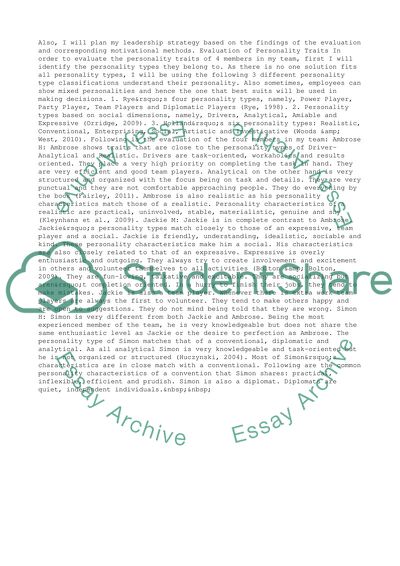Cite this document
(“Leadership & Motivation Essay Example | Topics and Well Written Essays - 1000 words”, n.d.)
Leadership & Motivation Essay Example | Topics and Well Written Essays - 1000 words. Retrieved from https://studentshare.org/management/1444236-leadership-motivation
Leadership & Motivation Essay Example | Topics and Well Written Essays - 1000 words. Retrieved from https://studentshare.org/management/1444236-leadership-motivation
(Leadership & Motivation Essay Example | Topics and Well Written Essays - 1000 Words)
Leadership & Motivation Essay Example | Topics and Well Written Essays - 1000 Words. https://studentshare.org/management/1444236-leadership-motivation.
Leadership & Motivation Essay Example | Topics and Well Written Essays - 1000 Words. https://studentshare.org/management/1444236-leadership-motivation.
“Leadership & Motivation Essay Example | Topics and Well Written Essays - 1000 Words”, n.d. https://studentshare.org/management/1444236-leadership-motivation.


